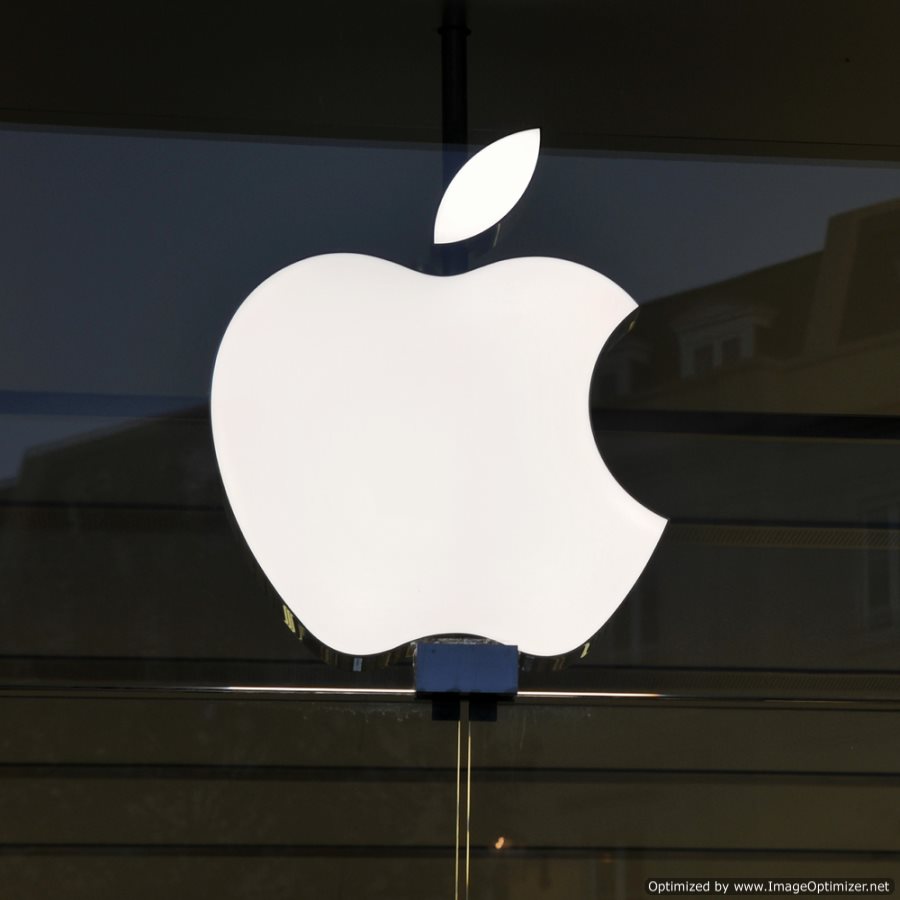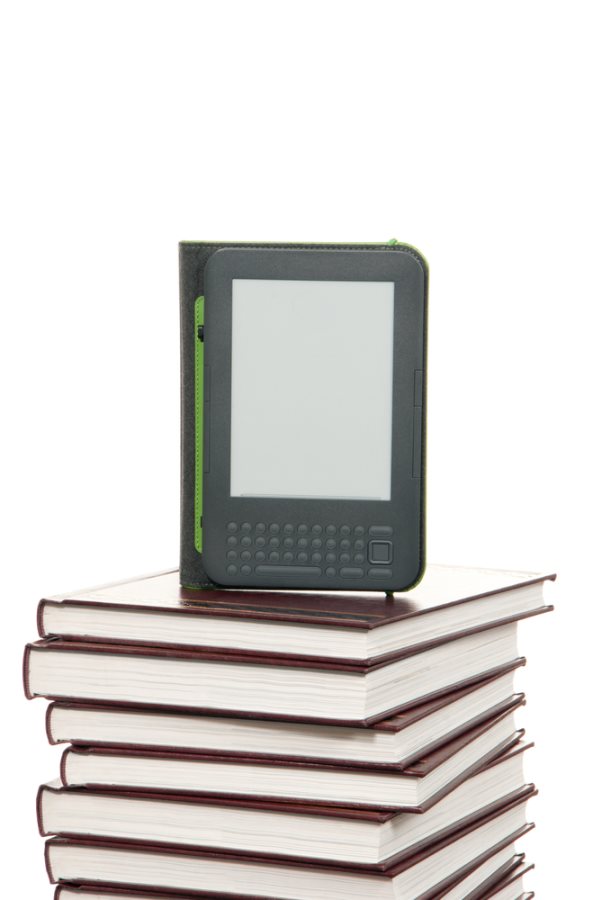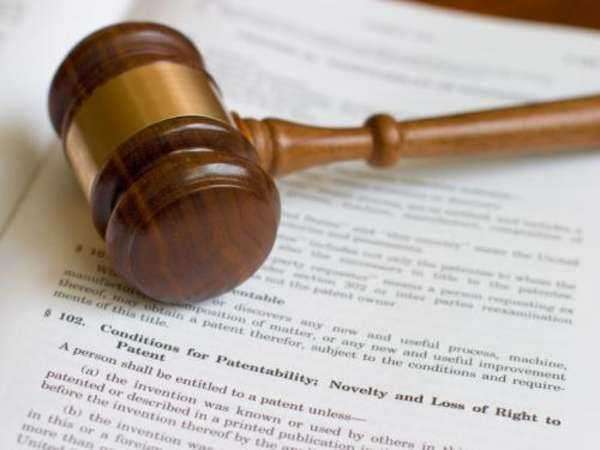Apple Patents Multi-Touch 3-D Applications





Can companies patent the genes that cause some types of breast cancer, so that only they can perform the tests for these genes? The Federal Circuit has said yes—twice—but their decision is being appealed. The case, started by the ACLU in 2009, may wind up back in front of the Supreme Court again in 2013 if the court grants certiorari.
BRCA1 and BRCA2 were two of the first genes to be identified in causing breast cancer. Myriad Genetics and the University of Utah Research Foundation obtained patents on these two genes, and they were the only entities that were allowed to license tests that could detect the presence or absence of the genes. These patents were rigorously enforced, leading many researchers to halt research on the BRCA1 and BRCA2 genes due to fears of being sued for patent infringement.
Myriad and the University of Utah Research Foundation even controlled the ability of researchers to look at the genes and create their own testing protocols. Patent law has long held, even since before the beginnings of the United States, that patents were not available on “products of nature.” The ACLU interpreted this to mean that the patent on the BRCA1 and BRCA2 was in violation of existing patent law, and they sued in federal district court.
The district court ruled at trial that the patents were illegal, but the appeals court reversed. The Supreme Court first looked at this issue two years ago and sent the case back to the Federal Circuit Court of Appeals, saying that it needed to change the way it was looking at the patents. In September of 2012, the Federal Court of Appeals ruled once again that the BRCA1 and BRCA2 gene patents did not violate United States law.
The suit is being filed on behalf of several women with the genetic mutation, including women who were unable to find out about their genetic mutations for some time due to the extremely high cost of testing. At the time when the lawsuit was filed, testing for the BRCA1 and BRCA2 genes could cost more than $4,000.
While the Court of Appeals ruled against the ACLU about the specific patents on the genes, there was a silver lining for people hoping for better access to testing in the future. The Court of Appeals also ruled that any patents on methods for comparing the genes to “wild-type” genes were not in fact legal according to United States patent and trademark law.
The Appeals Court based its ruling on the idea that once the genes being tested are reproduced in a laboratory and divorced from their constituent chromosomes, they are no longer “products of nature” but rather patentable objects of scientific study. The court said in its decision that if the United States Congress wanted to, it could constitutionally alter patent law in order to forbid the patenting of specific isolated genes, but that no such laws had been passed by Congress.
Sources: uscourts.gov, aclu.org


Summary of Patently Offensive
The term patently offensive refers to obscenity law under the First Amendment of the U.S. Constitution. The term now mainly address broadcasting
standards under the Federal Communications Commission, but it also applies to publications like adult magazines and other types of adult material.
How does the Supreme Court label something offensive or obscene?
According to the FCC and the Supreme Court, a broadcast is considered offensive and obscene if it meets criteria under three different statements. The broadcast is offensive if:
· “An average person, applying contemporary community standards, must find that the material, as a whole, appeals to the prurient (involving sexual desire) interest”
· “The material must depict or describe, in a patently offensive way, sexual conduct specifically defined by applicable law”
· “The material, taken as a whole, must lack serious literary, artistic, political or scientific value”
Brief History of Broadcasting Restrictions
The set of restrictions listed in the section above is known as the “Miller Test.” The term comes from a case that was decided by the Supreme Court on June 21, 1973.
Before the case was brought to court, Miller mailed a large number of advertisements for illustrated books that were referred to as adult material. Miller was found guilty of distributing obscene material after he sent five advertising brochures to a restaurant in Newport Beach, California. The manager of the restaurant never asked for the material, and he opened the envelope without knowing it was adult material.
The restaurant manager and his mother complained to the police, and Miller was found guilty of distributing obscene material and violated California Penal Code §311.2(a). The case was appealed and affirmed.
The brochures advertised a total of four books that were titled Intercourse, Man-Woman, Sex Orgies Illustrated, and An Illustrated History of Pornography. Pictures of genitalia were displayed throughout the books.
FCC Restrictions for Patently Offensive Material
Even though there is nothing in the First Amendment that can ban indecent material, broadcasting services can restrict the patently offensive material during certain times of the day. Federal statute prohibits the use of indecent material between 6:00 a.m. and 10:00 p.m.
There is a difference between offensive and obscene material. The FCC describes indecent material as “language or material that, in context, depicts or describes, in terms patently offensive as measure by contemporary community standards for the broadcast medium, sexual or excretory organs or activities.” Simply, less offensive material is indecent while the most offensive material is obscene.
Can I file a complaint about indecent material?
Yes, you can submit a complaint to the FCC and they will review the material and decide of it violates profanity, indecency, or obscenity laws. If the FCC does not find the description of the indecent material offensive, they will send a dismissal letter. You have the option to re-file the complaint if you can provide more information. You can file a complaint by calling 1-888-CALL-FCC. If you’re submitting any type of media (like a DVD or CD) with the complaint, use the following address:
Federal Communications Commission
Consumer & Governmental Affairs Bureau
Consumer Inquiries and Complaints Division
9300 East Hampton Drive
Capitol Heights, MD 20743
Sources: https://www.fcc.gov/guides/obscenity-indecency-and-profanity,


On October 18, 2012, the Department of Justice announced that executives and employees for Kolon Industries Inc were indicted for stealing trade secrets concerning DuPont’s Kevlar para-aramid fiber and Teijin Limited’s Twaron para-aramind fiber.
The indictment is asking Kolon Industries to forfeit $225 million of proceeds.
Kolon is headquartered in South Korea and it makes a product called Heracron—a recent product in the para-armind fiber market. These types of fibers are used to make body armor, automotive parts, fiberoptic cables, and other industrial parts.
The indictment states that Kolon wanted to improve its products by targeting both current and former employees for DuPont and Teijin. In 2002, Kolon received inside information about the manufacturing process used by DuPont, and the company started using the same process in just three years.
The indictment also states that Kolon received information from five employees that formerly worked for DuPont. These employees provided information about the manufacturing process, blueprints, prices, and even emerging technology. One specific employee gave Kolon information on a CD about costs for a range of Kevlar products, pricing information for customers, market trends, and more.
Five men under Kolon were charged. They are Jong-Hyun Choi, In-Sik Han, Kyeong-Hwan Rho, Young-Soo Seo, and Ju-Wan Kim. Choi was the senior executive of the Heracron Business Team. Han led Kolon’s research and development. Rho was the head of the company’s Technical Team. Seo was a general manager for the company from November 2006 and on and Kim was a manager from September 2007 to February 2009.
The theft of trade secrets carries a maximum penalty of 10 years in prison and a fine up to $250,000 or twice the gain for each defendant as well as a $5 million fine or twice the gross gain or loss for the corporation. Since the company tried to conceal the theft, the defendants are also facing 20 years in prison for obstruction of justice and multiple fines.
Source: Federal Bureau of Investigation
 What is a Patent and who issues them?
What is a Patent and who issues them?
A patent is an exclusive right granted by a state, particularly a national government, to an inventor or assignee, for a limited amount of time in exchange for a public disclosure of an invention or idea.
The procedure for issuing patents, the requirements placed on the holder of the patent and the extent to which the exclusivity rights protect the invention or idea will vary widely between countries based on particular national law and international agreement. In most cases, a patent application will include one or more claims to define the invention; to obtain a patent, the idea or invention must be new, useful, non-obvious or industrially applicable.
A patent offers the creator of a particular invention or idea the exclusive right to prevent others from making, using, distributing or selling the patented invention without permission. A patent is simply, a right to prevent other manufacturers, individuals or producers from using or infringing upon the underling invention or idea.
Patents are regulated under the World Trade Organization’s Agreement on Trade-Related Aspects of Intellectual Property Rights; this organization will make patents available to WTO member states for any inventions or ideas relating to all fields of technology. The terms attached to such patents will offer exclusive rights to holders for a minimum of twenty years; however, different types of patents may have varying terms attached to the exclusivity of the underlying patent.
In the United States, the USTPO (United States Trademark Patent Office) is the governmental organization responsible for issuing patents and administering the patent application. All inventors and creators of novel or useful products must submit a patent application with the United States Trademark Patent Office in order to obtain a legal patent. The United States Patent and Trademark Office works with the Japan PTO and the European PTO to make up the trilateral patent-issuing organization.
What is a Patent Application and how do I complete one?
A patent application is a formal request delivered to a patent office for the grant of a patent for an invention described and claimed by the underlying patent application. A patent application consists of a description of the underlying invention (known as a patent specification), combined with official forms and correspondence relating to the patent application. In addition to the tangible document, a patent application also refers to the process of applying for a patent or for the patent specification itself—meaning the content latent in the document filed with a view to begins the process of applying for a patent.
In order to obtain a patent, an individual, must file a patent application at a patent office with jurisdiction to grant a patent in the distinct geographic area over which coverage is appropriate. In most instances, this will be a national patent office, but could also take the form of a regional body. When the patent specification complies with the laws of the appropriate office, a patent may be issued for the invention described and claimed by the specification.
The process of arguing or negotiating with a patent office for the issue of a patent, as well as general interaction with a patent office with regard to a grant is known as patent prosecution. This formal engagement with a patent office is unique from patent litigation which more closely related to legal proceedings for infringement of a patent once it is granted.